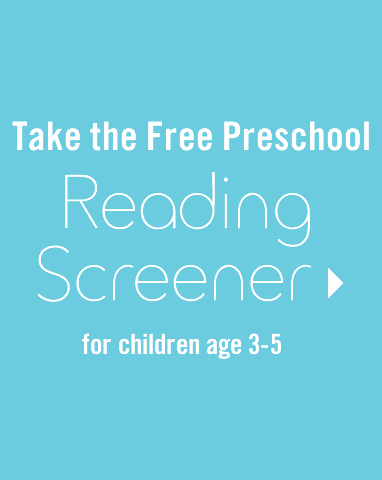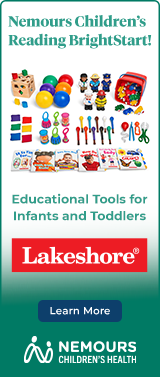A baby bird is born while his mother has gone off to find him food. The baby goes out to find his mother, but he doesn’t even know what she looks like. The end of this story has a great twist, and your child will love the determination and bravery of this little bird.
Before, During and After Reading
Show your child the cover of the book, tell her the title, author and illustrator. Ask your child what she sees and what she thinks the story will be about. You might say:
“The title of this book is Are You My Mother? P.D. Eastman is the author. He wrote the words and is also the illustrator. That means he also drew the pictures. Look at the front cover of this book. What do you see? What do you think the bird is saying to the dog? What do you think this story will be about?
To add drama, read the story with expression or give the characters voices. For example, when reading the baby bird’s voice sound like a baby bird.
Oral Language
Ask questions that require more than yes or no answers. For example:
- Why didn’t the baby bird see his mother? How do you think he felt when he couldn’t find his mother?
- What did the baby bird think the Snort was going to do? How did the baby bird feel when his mother came back?
Don’t be concerned if your child cannot answer the questions. You can ask the questions, wait several seconds to see if your child responds, and then provide the answer. You are modeling for your child what a question and answer dialogue sounds like. Over time, as your child hears more questions and answers, she will begin to answer questions spontaneously.
Beginning Writing
Create your own book using a mixture of photographs, pictures of faces from magazines, or computer-generated images. Create a four- to five-page book using images of other family members or unfamiliar faces. On the last page, place the picture of Mommy, Daddy or another family member. As you look through the book, ask your child, “Is this your Mother?” or “is this your Daddy?” See what happens when she gets to the last page.








